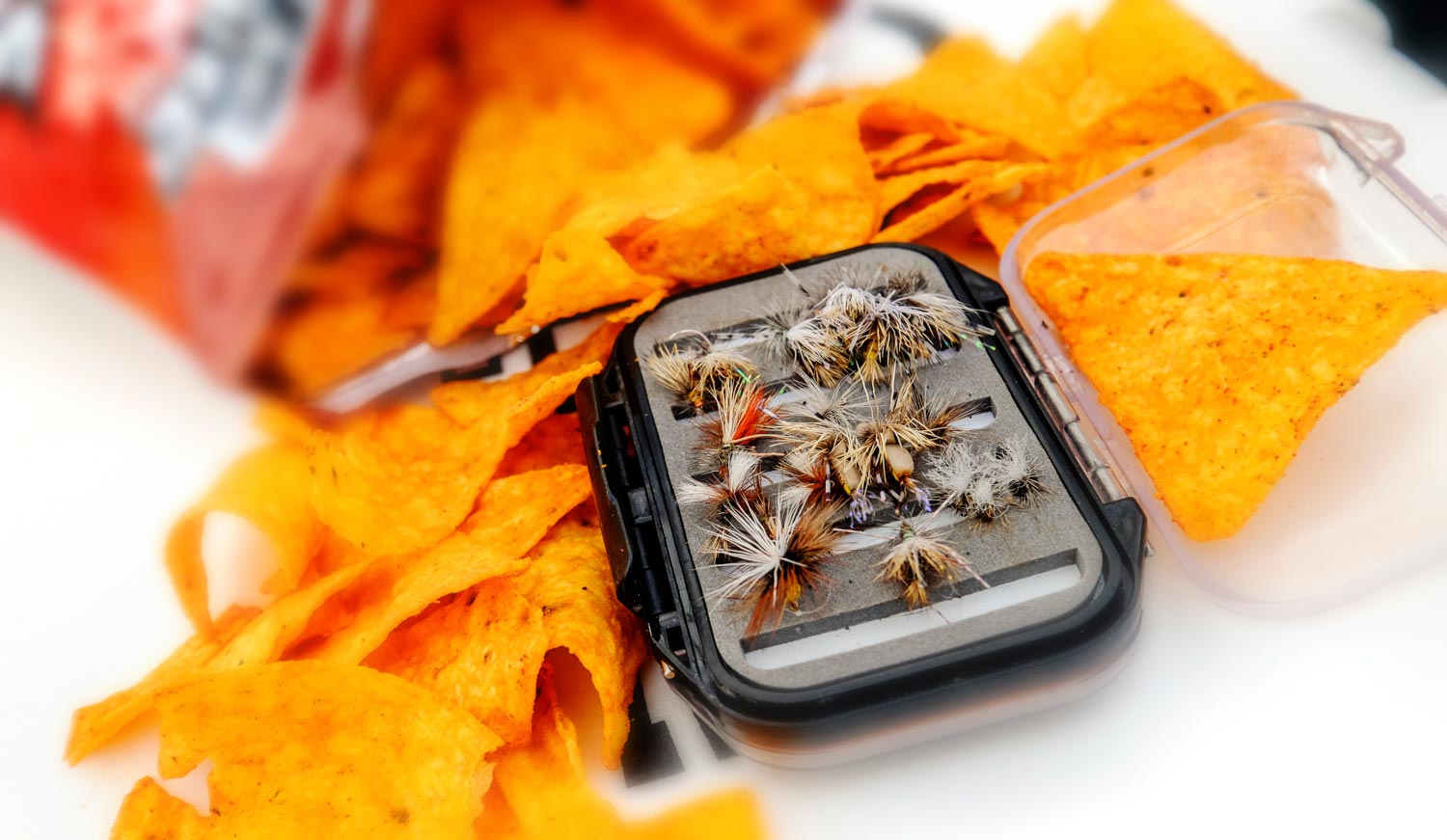Tenkara is pretty simple - A stick, a string, a fly.
You got the stick, now you need some string.
The good news, most if not all tenkara rods (or maybe more
generically:: fixed-length line rods) are pretty versatile in terms of
compatibly with many line types/sizes. You are using a relatively long rod to
manipulate a fairly short and manageable length of string.
There are at least a couple areas of consideration when it comes time to choosing which type/size of string to use:
- How a line casts
What type/size/shape of fly do you need to deliver (i.e. is the fly wind resistant ?)
There are at least a couple areas of consideration when it comes time to choosing which type/size of string to use:
- How a line casts
What type/size/shape of fly do you need to deliver (i.e. is the fly wind resistant ?)
What are the conditions (i.e.is it windy, Is the body of
water large and open or closed in and bushy, am I going to be fishing close in
or do I need to extend my cast as far as possible, how long of line do I need
to reach the fish, etc)
- How a line fishes (once the fly has been delivered)
Using a surface or sub surface (damp or deep) fly, dead drift or active presentation, what types of active presentation (swing, dap, twitch, skate, lift, etc)
Ask 10 fixed-length line fishers what line they prefer, you'll get at least 15 different answers. Try several different types and see what works best for how and where you like to fish.
It is the right line if it works for you.
- How a line fishes (once the fly has been delivered)
Using a surface or sub surface (damp or deep) fly, dead drift or active presentation, what types of active presentation (swing, dap, twitch, skate, lift, etc)
Ask 10 fixed-length line fishers what line they prefer, you'll get at least 15 different answers. Try several different types and see what works best for how and where you like to fish.
It is the right line if it works for you.






